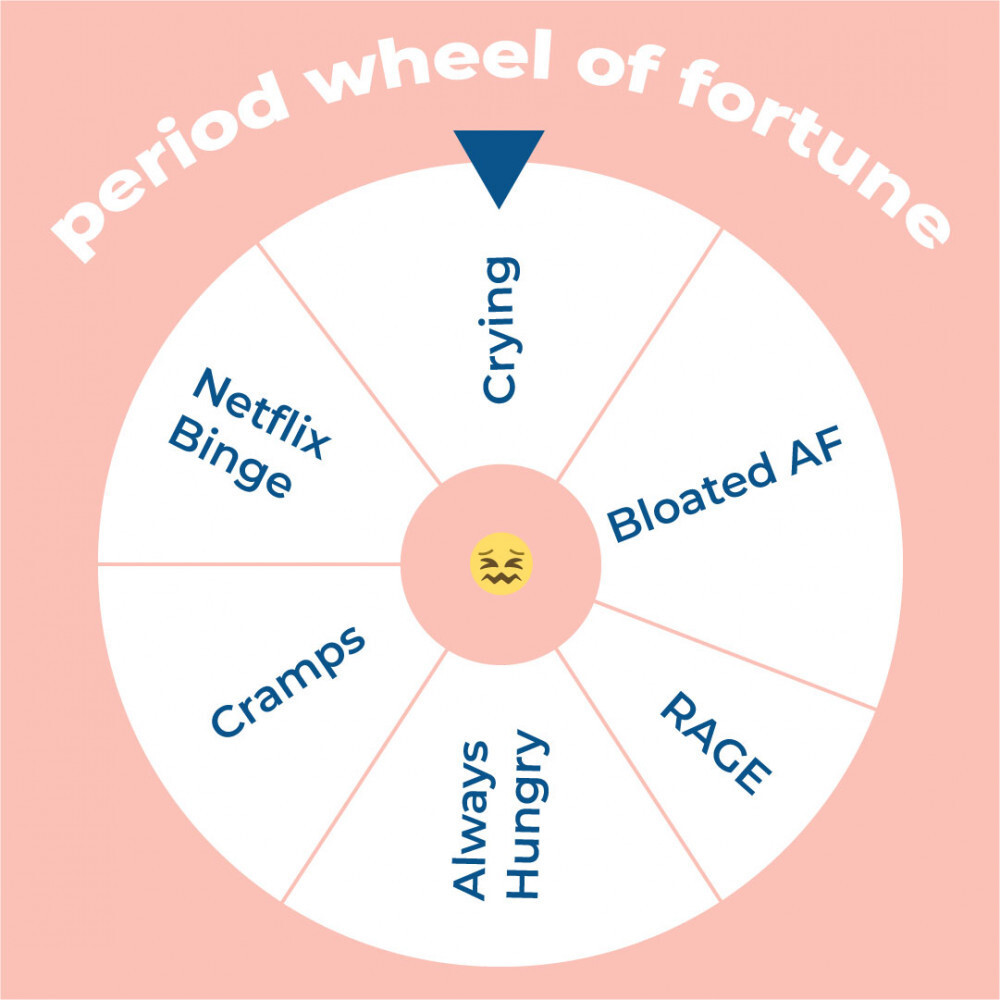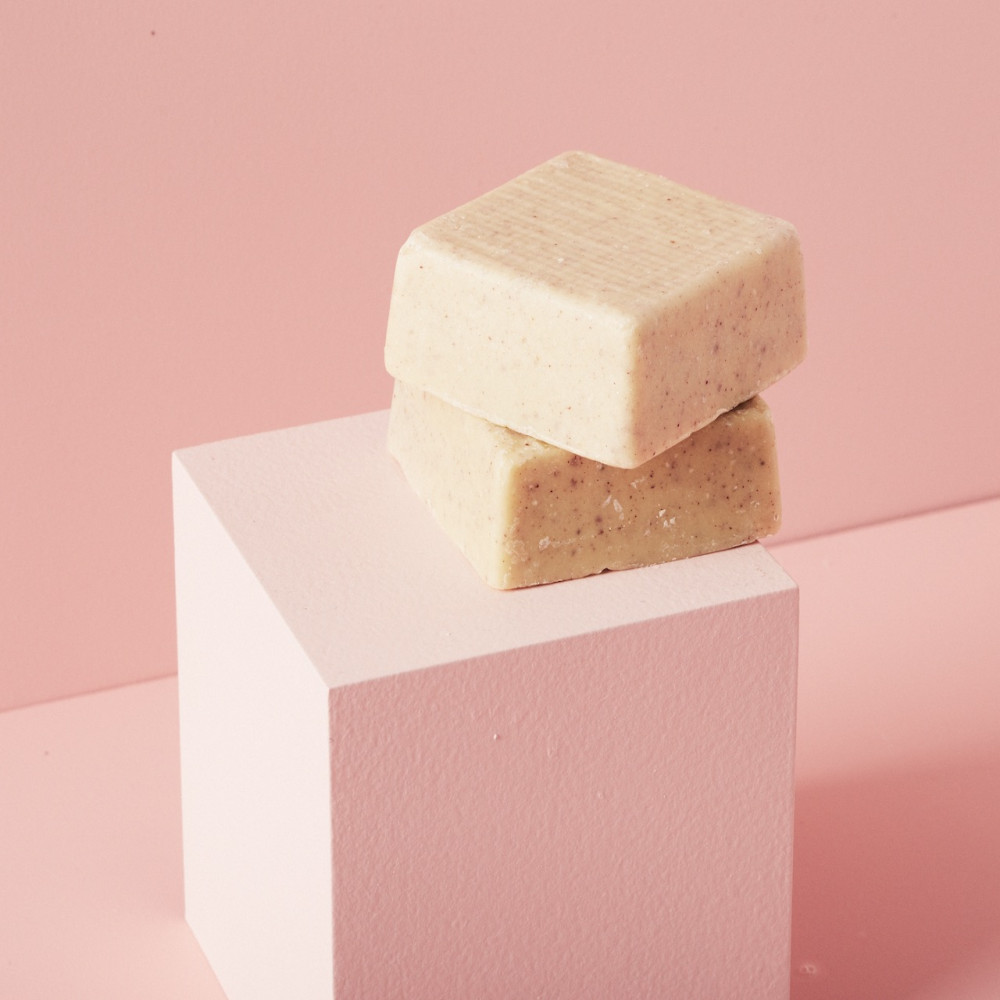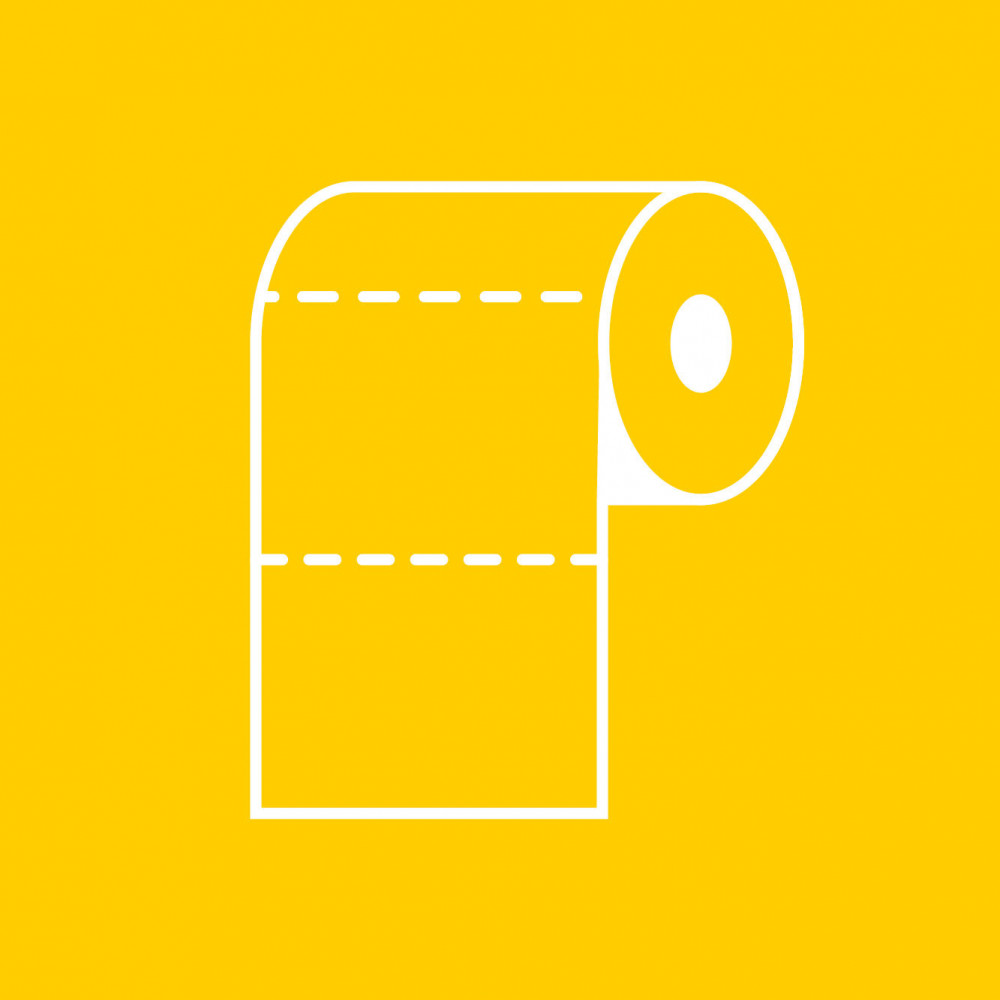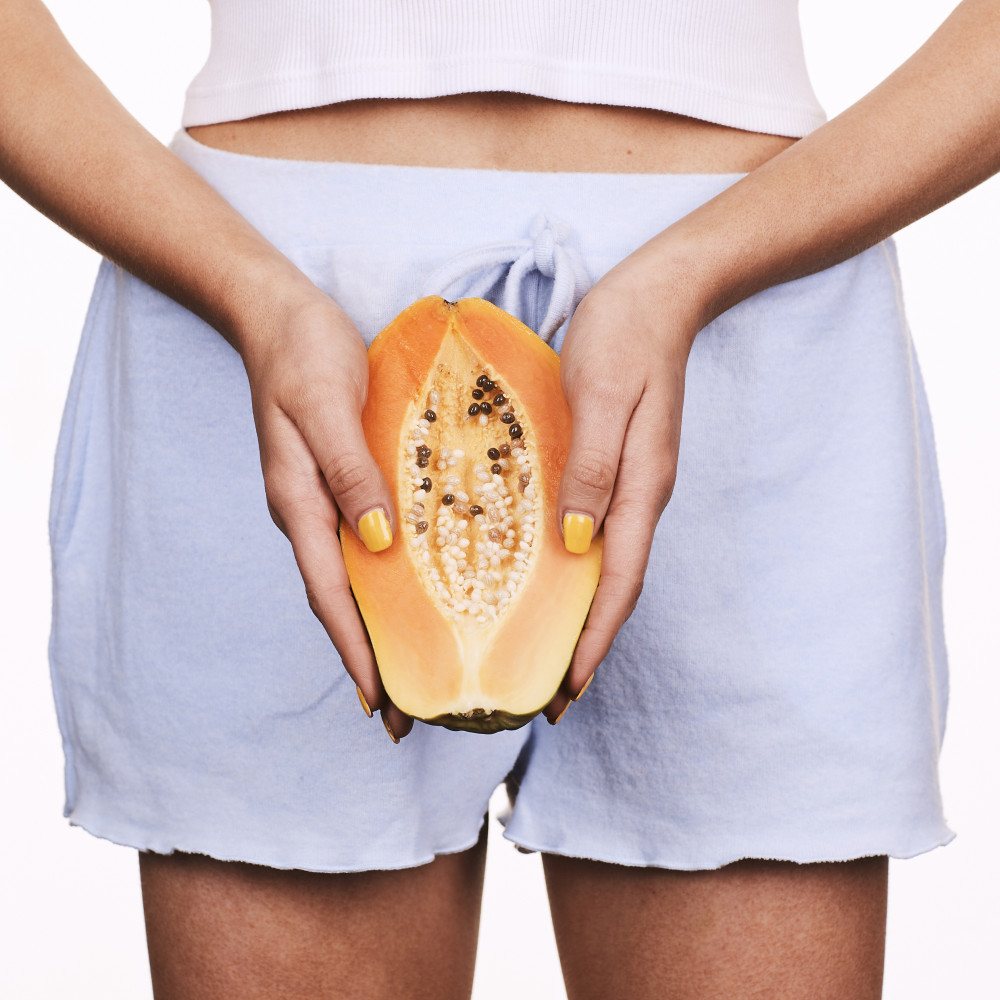We know, this sounds as dry as a Salada. But we promise you that you’ll have a new appreciation and understanding of your period after reading this. Don’t. Go. Away.
Still with us? Okay, good. Thanks for hanging around. Got a little desperate there. But we get it. We know what our periods are, right? Riiiiiight? Yeah, nah. Well, let’s just say it’s not just a pain in your butt (well, uterus to be correct…).
First we’ll hit up the sciencey-wiency stuff, and then we’ll get to Lucy Peach. Because she’s amazing and her insights will change the way you look at your period.
The guts and the glory of our period
Our menstrual cycles are made up of four phases. These phases prep our bodies for the possibility of fertilising an egg – yeah, getting knocked up.
Phase 1: Follicular phase Okay, it’s a bit confusing, because this phase overlaps with your period, but there are two distinct things going on, so they warrant their own phases and names and bizzo. And yes, this phase sounds all big-word-science-doctor-people-like, but it’s actually pretty straightforward: it’s called “follicular” because your body releases follicles, each of which holds an immature egg. The pituitary gland makes a particular hormone called the follicle stimulating hormone (FSH), which tells the ovaries to produce follicles. Later in this phase, the largest follicle (the dominant follicle) produces estrogen as it grows, while the other follicles start to break down. The dominant follicle is the one prepped to be released at ovulation.
Phase 2: Ovulation Ovulation happens when the ovary says toodles to the released egg. You usually ovulate mid-cycle. If an egg doesn’t hook up with some sperm in its short lifespan (generally 24 hours), it will die.
Phase 3: Luteal phase So, the egg busted out of the follicle and fled the ovary, but that busted up follicle is still on the surface of the ovary. And from this the corpus luteum is born. This lovely little ditty releases progesterone and some oestrogen.
If fertilisation has happened, the corpus luteum will keep making progesterone, preventing the endometrial lining from being shed. If it doesn’t get fertilised, the corpus luteum says ta-ta, creating a dip in progesterone. It also means we’re at the final phase: our period.
Phase 4: Your period Your period is your body ditching the lining of the uterus (aka, the endometrium). But it’s not just the endometrium that forms your flow – it’s also cells from the lining of the uterus and, ahem, mucus. The length of your period and the intensity of the flow itself will differ from human to human.
The wonder of our period
Awright, so you’re all scienced up. Now, it’s time to tack on a bright new perspective of our period, via singer and comedian Lucy Peach. Instead of being an inconvenient bodily function, Lucy sees our menstrual cycle as a means to “life hack”.
Short and sweet version? By understanding the different phases of our cycle and how they can impact us, we can use this info to our advantage, get some greater insights into ourselves and “life hack” the shit out of it.
Yeah. Talk about a silver lining. And, well, uterine lining, we guess. Yaaaaaah…
Have a look at Lucy Peach’s TEDx chat, “The Power of the Period” for more insights on how to go with your flow.





